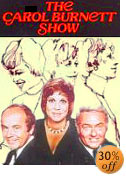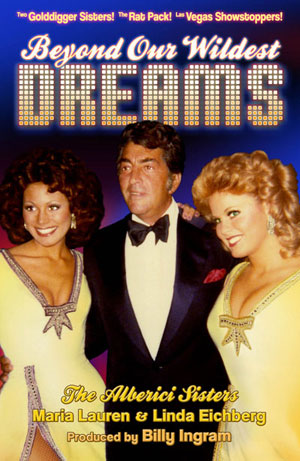| Encyclopedia of Television is Britannica of the Industry
by Jim Longworth
I recall as a child visiting the home of a schoolmate whose father was a University professor. Adorning the walls of their den was a massive library, including a leather bound edition of the encyclopedia Britannica, and its accompanying Great Books series. I could only imagine the knowledge one could glean from reading those tomes, and I vowed that, one day, I too, would own this prestigious set. Today those books adorn my library shelves, but so does another set of "great" books, the four volume Encyclopedia of Television from Fitzroy Dearborn publishers, and offered through the Museum of Broadcast Communications.
Edited by author and former MBC curator Horace Newcomb, the Encyclopedia of Television covers every major aspect of the television industry. In addition to detailed information on specific television programs, the encyclopedia includes articles on performers, producers, and executives. It also covers social trends and events that have been affected by or reflected on television. There are articles on national news icons like Walter Cronkite, as well as information about consultants for local news. In that regard, the Encyclopedia of Television demonstrates a comprehensive approach to almost every topic, rather than an exclusionary one where only the most famous people or programs are given attention. It even features entries about the state of television in foreign countries.
It should be noted that the Encyclopedia of Television is a collection of more than 1,000 original essays by over 250 contributors. And while that presents us with a variety of perspectives, it also allows for a few inconsistencies. For example, James Brown's entry on "Lou Grant" neglected to address why the series was really cancelled. It wasn't about ratings so much as it was Ed Asner's political activism which alienated viewers and sponsors alike. However, to Newcomb's credit, he included references to other entries which allows the reader to dig deeper for more complete information. In this case, we are directed to an article on Ed Asner by Michael Kassel who goes into detail about how the actor's political leanings affected his television image.
It is appropriate that the Encyclopedia of Television was commissioned by the Museum of Broadcast Communications because Newcomb's work presents us with an almost narrative exhibit of the people, programs, and events which have had an impact on our industry. And like any meaningful exhibit, the encyclopedia leaves no stone unturned, allowing us to read about "Sex in the City' on one page, and "Sexual orientation and television" on another. The latter entry, for example, gives us insight into the 1973 episode of "Marcus Welby, MD" in which Welby's solution for a homosexual patient was to repress his sexual desires. Thus, Newcomb gives us both content and context, and isn't that what a good museum guide would do?
The Encyclopedia of Television is pricey, with a new, four volume set costing over $600, but it is well worth the investment. It features over 740 photos and 200 new entries not included in the first edition. No public library or university should be without it. It also makes a great gift for TV fans who might be starting or adding to their own personal library. It is simply indispensable for anyone seeking information or perspective about a medium that has shaped our nation like no other. It is the Britannica for television.
To purchase the Encyclopedia of Television, visit www.museum.tv or call (312) 245-8200.
(Jim Longworth is a television talk show host and newspaper columnist. He is the author of TV Creators, volumes One and Two, and is a member of the Academy of Television Arts & Sciences, for whom he serves as a judge for the prime time EMMYs, and also produces and moderates special events.
See www.jimlongworth.net
|


Order now!
|







 RAT PACK GOLDDIGGERS
RAT PACK GOLDDIGGERS






 RAT PACK GOLDDIGGERS
RAT PACK GOLDDIGGERS